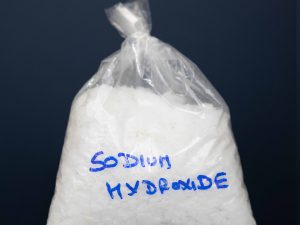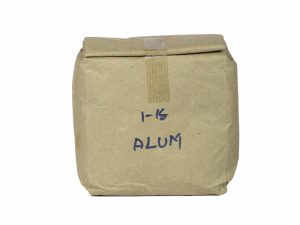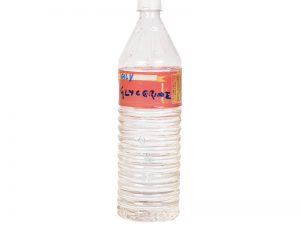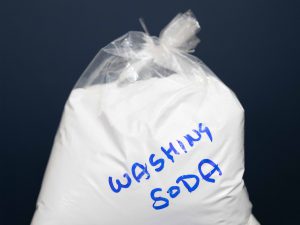OXALIC
₹81 – ₹150
OXALIC ACID is a white crystalline powder with a characteristic sour odor. It is a derivative of the amino acid asparagine and is used in the manufacture of various chemicals and pharmaceuticals.
Oxalic acid is found in various plants and vegetables and is also produced in the human body through metabolic processes. Here are some key points about oxalic acid:
- Natural Occurrence: Oxalic acid is naturally found in many plants and vegetables, such as spinach, rhubarb, beets, and cocoa. It is often present in the form of oxalate salts.
- Properties: Oxalic acid is a colorless, crystalline solid that is highly soluble in water. It has a sour taste and is toxic when ingested in large quantities.
- Uses:
- Cleaning: Oxalic acid is used as a cleaning agent for rust removal and to bleach wood.
- Bleaching: It is employed in some bleaching and cleaning processes for textiles and pulp.
- Metal Polishing: Oxalic acid is used to polish metals, such as brass and bronze.
- Laboratory Reagent: It is used as a reagent in certain laboratory experiments.
- Photography: Oxalic acid is used in the development of photographic film.
- Toxicity: While small amounts of oxalic acid are generally safe in the diet, large quantities can be harmful. In the body, oxalic acid can combine with calcium to form crystals, leading to the formation of kidney stones. People with a history of kidney stones or certain medical conditions are often advised to limit their intake of oxalate-rich foods.
- Medical Applications: Some studies suggest that oxalic acid may have antioxidant properties, but excessive intake should be avoided due to its potential to contribute to kidney stone formation.
- Incompatibilities: Oxalic acid is incompatible with strong bases, and mixing the two can result in the formation of insoluble salts. It should be handled with care, and appropriate safety precautions should be taken.
Additional information
| Weight | N/A |
|---|---|
| Size | 1kg, 1/2kg |












Reviews
There are no reviews yet.